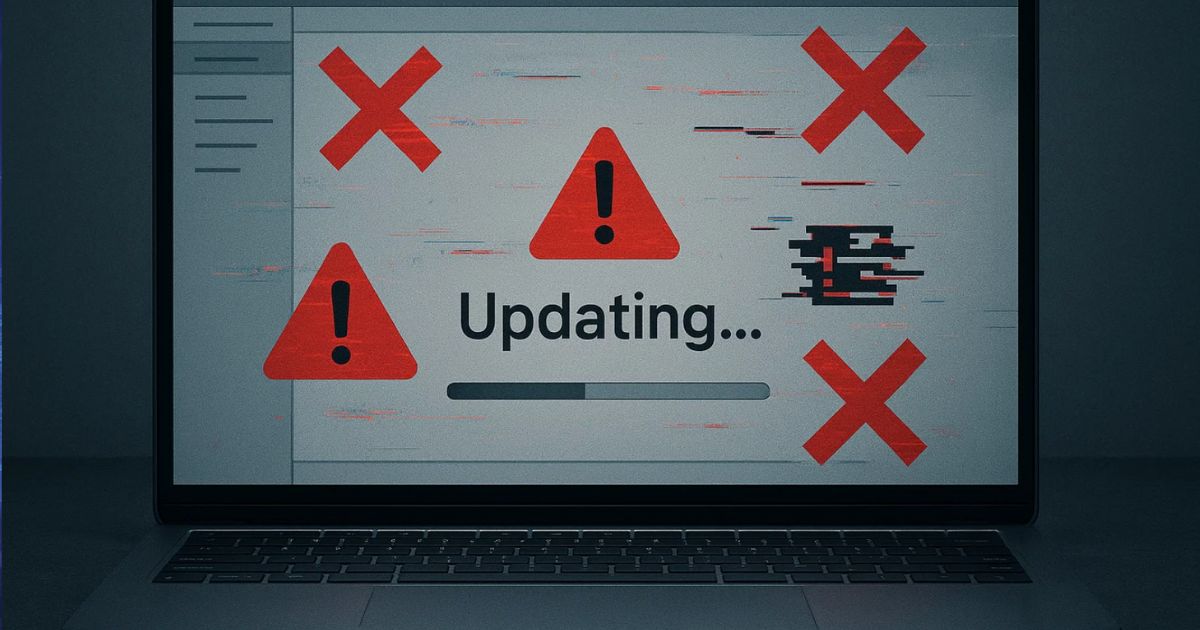Inventions and Patents
We provide daily assistance with the registration and legal protection of patents in Italy, across Europe, and worldwide.
Every invention holds significant economic potential: securing a patent transforms technical innovation into an exclusive, enforceable, and transferable right. A patent enables the holder to manufacture, market, or license their invention with the certainty of solid legal protection.
Without filing, however, no legal safeguard exists: premature disclosure may lead to the irreversible loss of rights, allowing third parties to freely access and exploit the invention.
Canella Camaiora® supports inventors, companies, and research teams with a multidisciplinary approach that combines legal strategy with technical competence. For the sixth consecutive year (2020–2025), the firm has been recognized by Il Sole 24 Ore–Statista as one of Italy’s top law firms for Intellectual Property, a distinction based on an independent survey of attorneys, in-house counsel, and clients, attesting to the quality and excellence of our work.
Do you want to receive now a personalized quote? Click on the “CALCULATE A QUOTE” button below. Answer a few simple questions and you’ll get a quote in less than two minutes.
An original technical solution can represent a decisive competitive advantage. Registering a patent means consolidating the economic value of innovation and preventing third parties from misappropriating it. Patent protection is an indispensable element in any industrial strategy aimed at investments, partnerships, licensing, or technology transfer.
However, legal protection arises only upon filing. Any prior disclosure—even if unintentional—may irreversibly destroy the possibility of securing patent rights. For this reason, timing is critical to the strategic success of any invention.
Canella Camaiora® provides comprehensive assistance throughout every phase of the patent lifecycle, including:
Patent or utility model?
Choosing between a patent and a utility model depends on the nature of the innovation and its inventive step.
In Italy, an invention patent protects new and non-obvious technical solutions for a maximum of 20 years from the filing date. A utility model, by contrast, is suited for functional improvements to existing products and offers protection for 10 years (initially 5 years, renewable once).
Both forms require formal filing to secure exclusive rights.
Concrete examples clarify the distinction: the invention of the internal combustion engine (1876) by Nikolaus Otto or the PageRank algorithm (1994) by Google were patented as revolutionary inventions. By contrast, a telescopic broom enabling adjustable height or an improved bottle closure system would typically qualify for protection as utility models—practical innovations, perhaps not groundbreaking, but highly valuable.
International patent protection strategy
Patent protection is inherently territorial: a patent safeguards an invention only within the jurisdiction where it is granted. Accordingly, careful planning of an international protection strategy is crucial to achieving industrial and commercial objectives.
The first step is filing an Italian patent application with the Italian Patent and Trademark Office (UIBM) for national protection.
Those seeking broader coverage may file a European patent application with the European Patent Office (EPO). Once granted, the European patent must be validated in each designated state. Alternatively, the European patent with unitary effect offers uniform protection across participating EU member states, streamlining administration and significantly reducing maintenance costs.
Another option is the international patent application under the Patent Cooperation Treaty (PCT), administered by WIPO. This procedure provides provisional protection in over 150 countries through a single filing, after which the applicant must enter national or regional phases to secure final grants in the chosen jurisdictions.
Effective territorial extension planning not only maximizes innovation protection but also optimizes costs, preserves commercial flexibility, and builds a solid competitive advantage globally.
Patent infringement, legal defense, and damages
Patent infringement constitutes one of the most serious violations of industrial property rights. Unauthorized use of a protected invention exposes the infringer to significant legal consequences, both in terms of the immediate cessation of the infringement and the obligation to compensate the rights holder for the damages incurred.
In cases of counterfeiting or unlawful use, the patent holder is entitled to seek urgent injunctive relief to block the unauthorized exploitation, to obtain the seizure of counterfeit goods, and to claim full compensation for the damages suffered. Recoverable damages include not only loss of profits, corresponding to lost business opportunities, and actual damages, related to direct economic loss, but also moral damages, arising from the harm caused to the reputation, commercial image, and credibility of the inventor or the rights holder.
Canella Camaiora® is widely recognized for its excellence in patent litigation. The firm provides comprehensive assistance, from the preparation of technical and legal opinions to the management of both extrajudicial and judicial proceedings, through to the enforcement of final decisions.
Our approach is guided by unwavering determination: operating effectively in this sector requires swift, precise, and forceful action, protecting exclusive rights and enhancing both the economic and moral value of innovation.
Acting without delay and with surgical precision is essential to strengthen the commercial position, limit damages, and consolidate a lasting competitive advantage in the market.
Inventions and Patents
First Intellectual Property Appointment
Patentability verification and prior art search
Drafting and filing patent applications
Patent protection
FTO - Freedom To Operate
Protection of trade secrets and know-how
Advice on utility models
Do you want to receive now a personalized quote? Click on the “CALCULATE A QUOTE” button below. Answer a few simple questions and you’ll get a quote in less than two minutes.
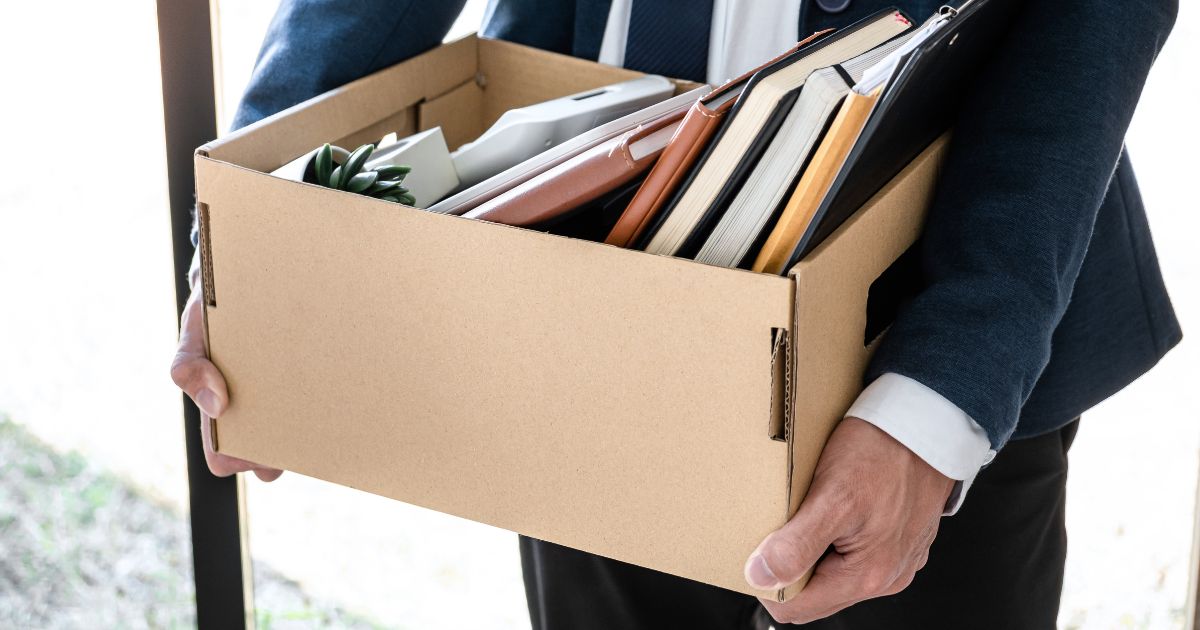
Just cause dismissal: when courts uphold employer decisions
Dismissal for just cause is the most severe form of employment termination. It is a measure the employer may adopt when an event occurs that [...]
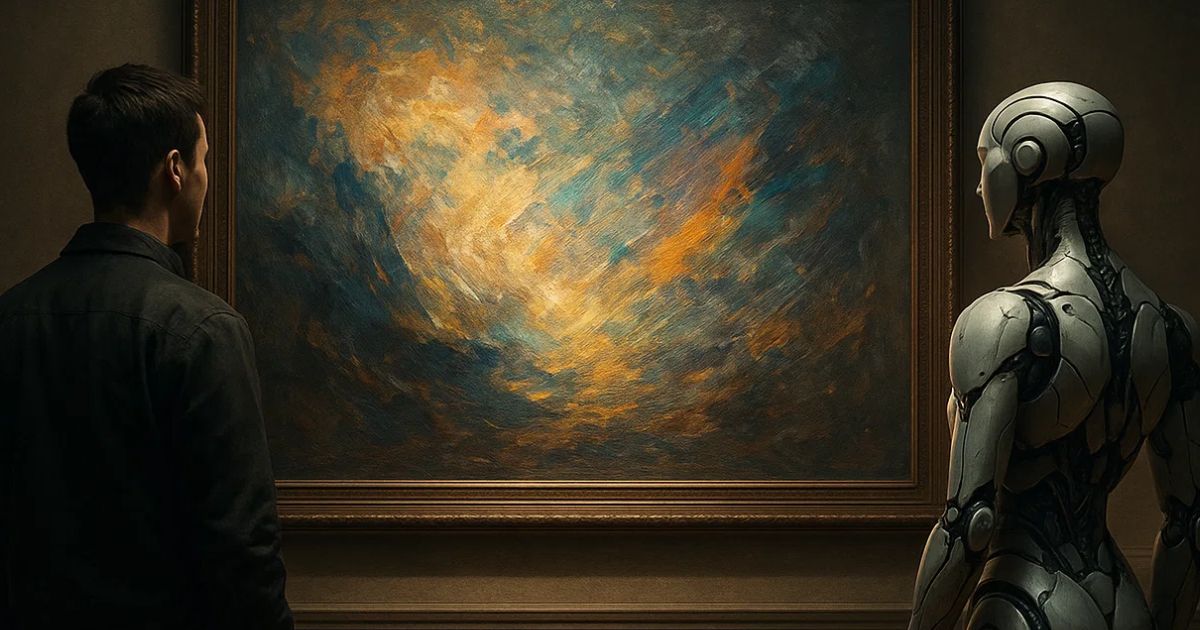
Artificial intelligence and copyright: creativity remains (still) human
In Italy, the relationship between artificial intelligence and copyright is taking clearer shape, thanks to an initial ruling by the Italian Supreme Court and a [...]
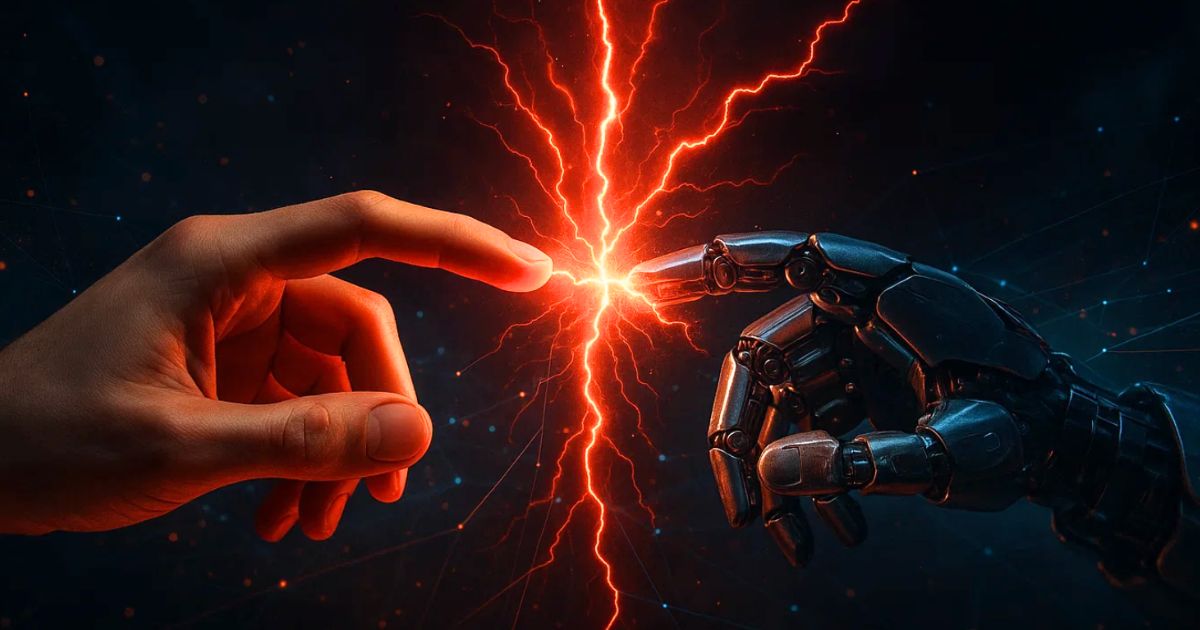
Is the software house liable if custom software doesn’t work?
When a company commissions the development of custom software from an external provider, it rightfully expects a working, reliable product delivered on time. However, delays, [...]
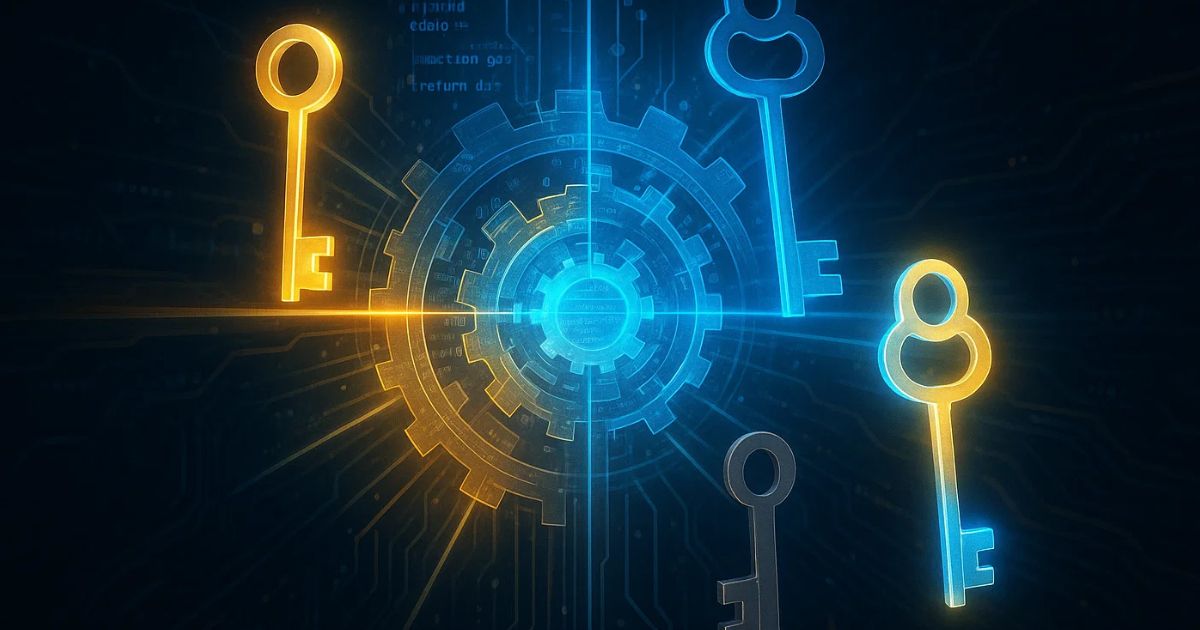
Corporate software: how to terminate the contractual relationship with the developer without losing your rights
Terminating a software development project can be a critical juncture for any company—especially in the absence of adequate contractual safeguards. What’s at stake is not [...]
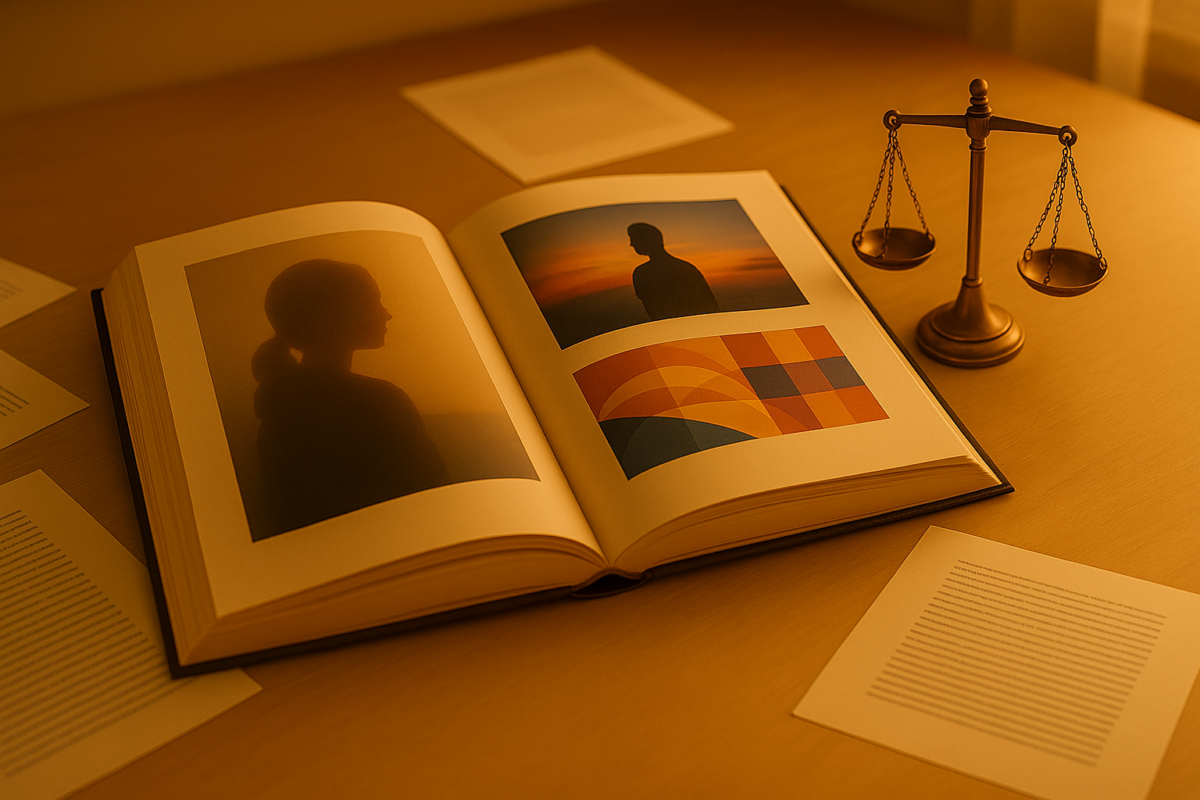
Copyright and images in book publishing: legal guidelines
In the publishing industry, the use of images is never a neutral act. Every photograph, drawing, or illustration may be protected under copyright law, and [...]

Employment stability clauses: when they are valid and what they involve
The stability clause, also known as a minimum duration clause, is an increasingly common feature in employment contracts, particularly in contexts where the company invests [...]
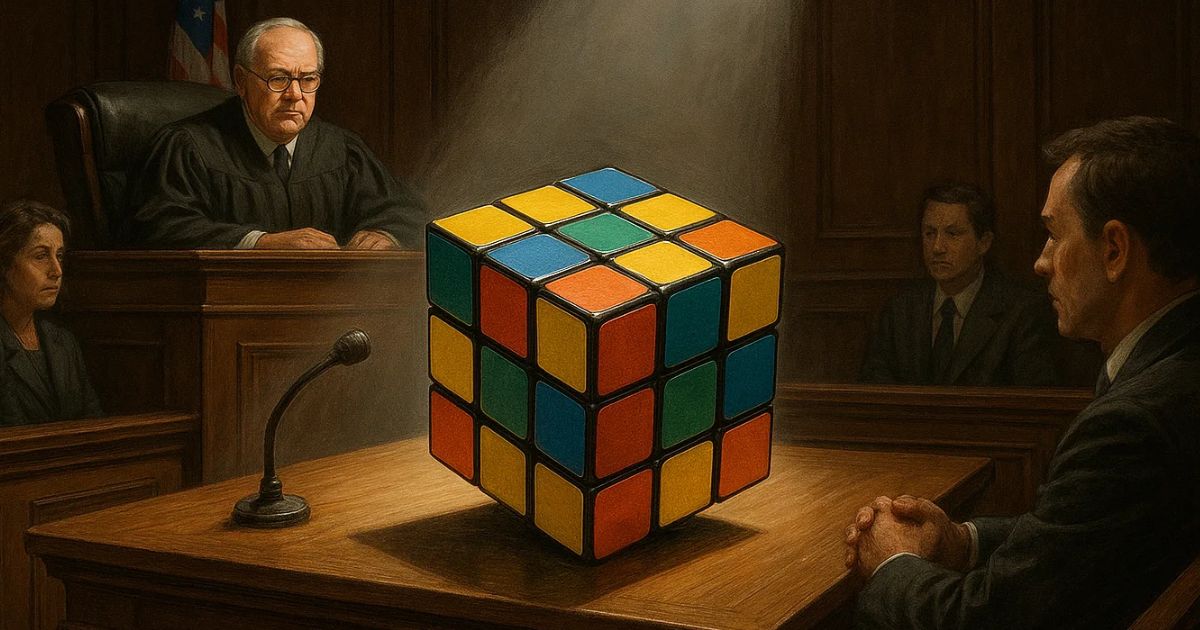
That “artistic value” the European Union doesn’t require (but Italy does)
On April 30, 2025, the Venice Court prohibited the sale of a three-dimensional puzzle called the “Cubo Teorema,” judging it too similar to the famous [...]

“Looks like a sponsor, but isn’t”: the Zalando and UEFA Euro 2020 case
Can a brand appear to be the sponsor of a major sporting event without actually being one? And more importantly: can it do so without [...]

“Cat Nat” insurance for SMEs: what changes in 2025
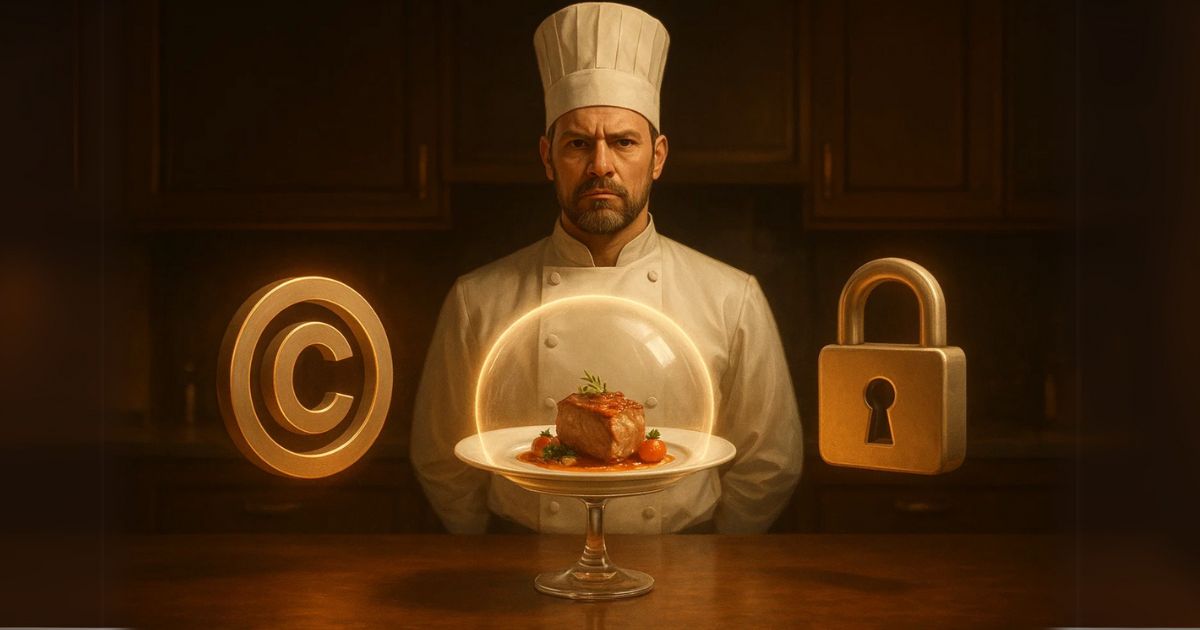
Defending innovation in the kitchen: patents, designs, and the chef’s secrets
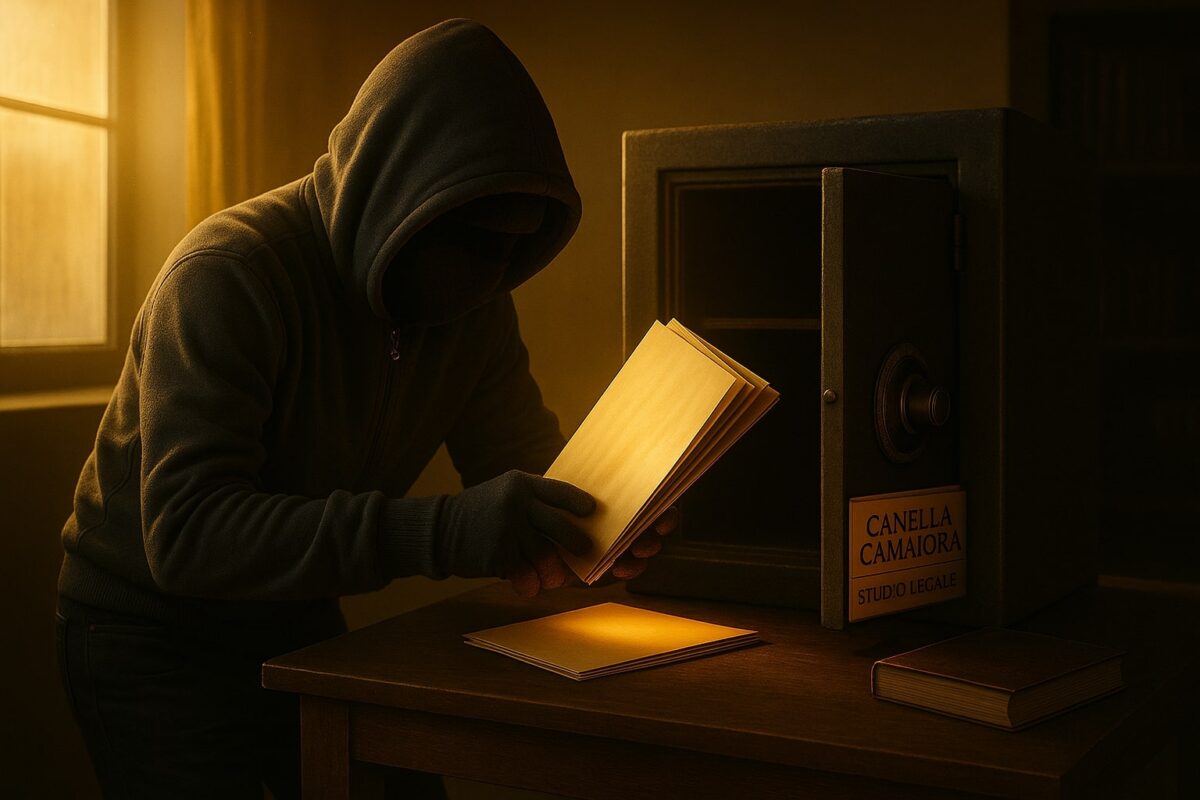
NDA and disloyal clients: the case of stolen projects and confidential materials
